In the automotive market today, there are numerous headlamps or light types, each with a distinct function and appearance. Typically, drivers can choose the types of car lights that best fit the design of their vehicles.
The headlights can be set to different modes, the indicators can be used to change directions, or the tail lights next to the brake lights can be used to illuminate the area.
But it’s also important to know how each of the lights in your car works and get knowledgeable about it so you’ll be prepared to use it when you need to.
Additionally, if you’re interested, you may read our articles on car body styles, interior parts, engine parts, body parts, and door types.
To find out more about the many types of car lights and their functions, keep reading.
Read Also: What is a suspension system?
Types of Car Lights
Following are the different types of car lights and their purposes:
Head Lights

Headlights are required to illuminate the highways sufficiently to permit safe night driving. These are usually provided with two beams, one gives maximum illumination for night driving and the other gives deflection to the ground, and the side of the road to a third beam is used which is of low intensity for city driving.
High beams can be blind to an oncoming car, so they should only be used when no car is coming in front of you. Different bulbs are usually responsible for low-beam and high-beam, so if one goes out the other can work. The Headlights are maybe LED lights or HID lights.
Types of Car Headlights
Following are the 3 types of car headlights:
- LED headlights
- HID headlights
- Halogen headlights
1. LED Lights
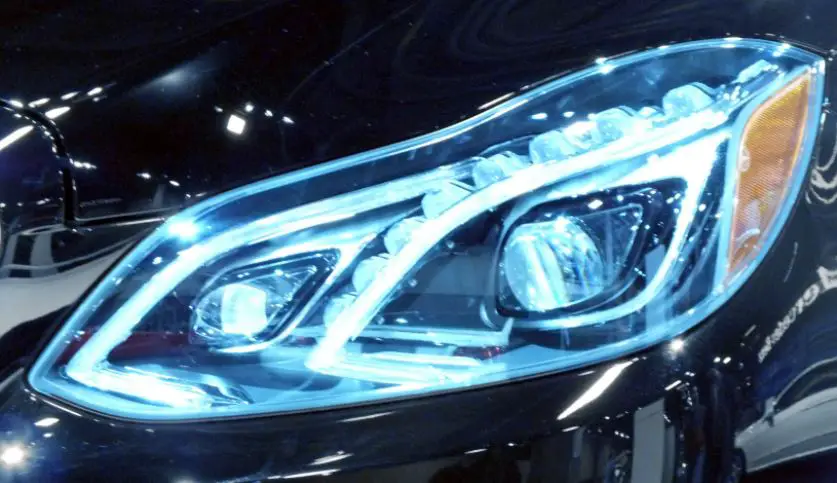
These lights are a very energy-efficient kind of headlight that are starting to show up a lot in headlights nowadays. These headlights are versatile and bulbs can be made in many different sizes.
This allows LED lights to be designed for headlights and taillights in new and creative ways. Car manufacturers are starting to use this type of headlight to give cars a unique look.
2. HID Lights
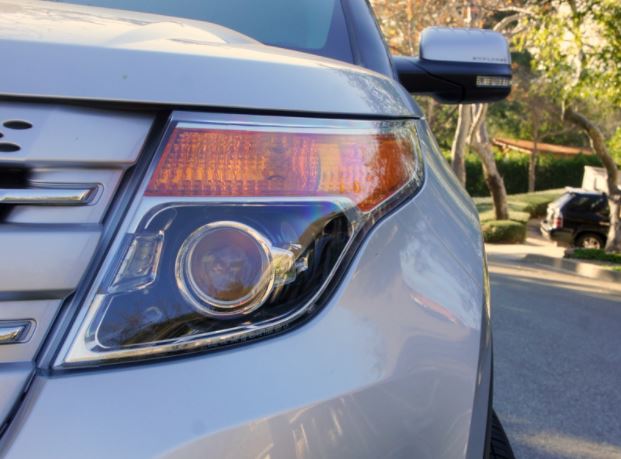
Another type of car light that can be used for different lights on a car is the HID light bulb. These HID lights are unique because they don’t have a filament as most light bulbs give.
The reaction caused by the shooting of electric current by a spherical bulb filled with a variety of vapors and gases allows the HID bulb to emit light, and the strong beam of light produced by the HID light bulb allows for ideal headlights.
3. Halogen Lights
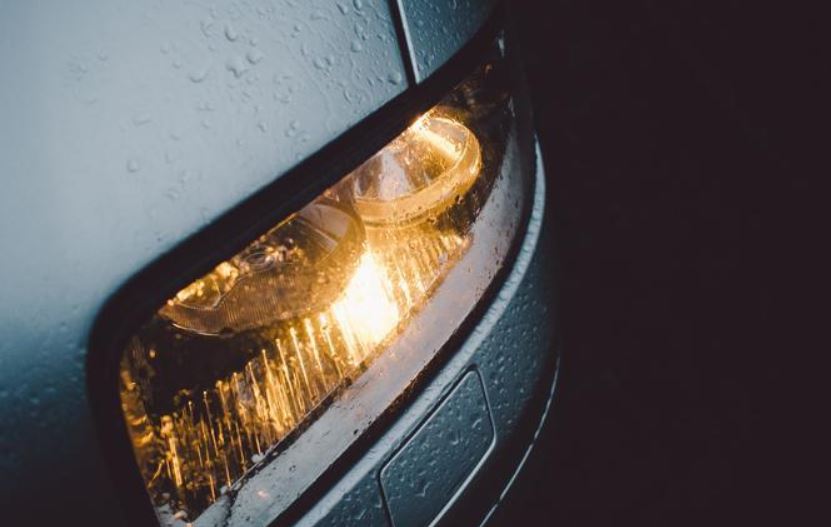
The most popular type of lights on highways these days are halogen lights. They use a combination of gases commonly nitrogen and argon, and tungsten filament in a glass tube.
After the filament is heated, light is produced. They are inexpensive and easy to change but have come out of favor recently. A standard halogen bulb will produce 1300 lumens, which is a good level of light compared to other options but is dimmer.
Read Also: Different Types of Engines Explained (with Images)
Driving Lamps
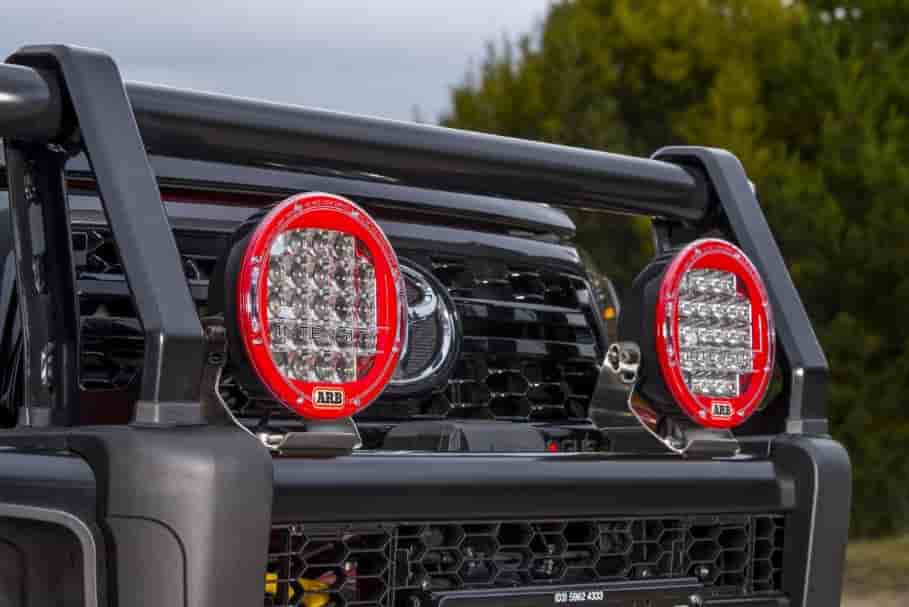
These are placed inside the vehicle and are used for the passenger or driver to illuminate the cab so that they can safely view maps or directions or locate objects in the dark. They should never be employed for a long time.
Parking Lights
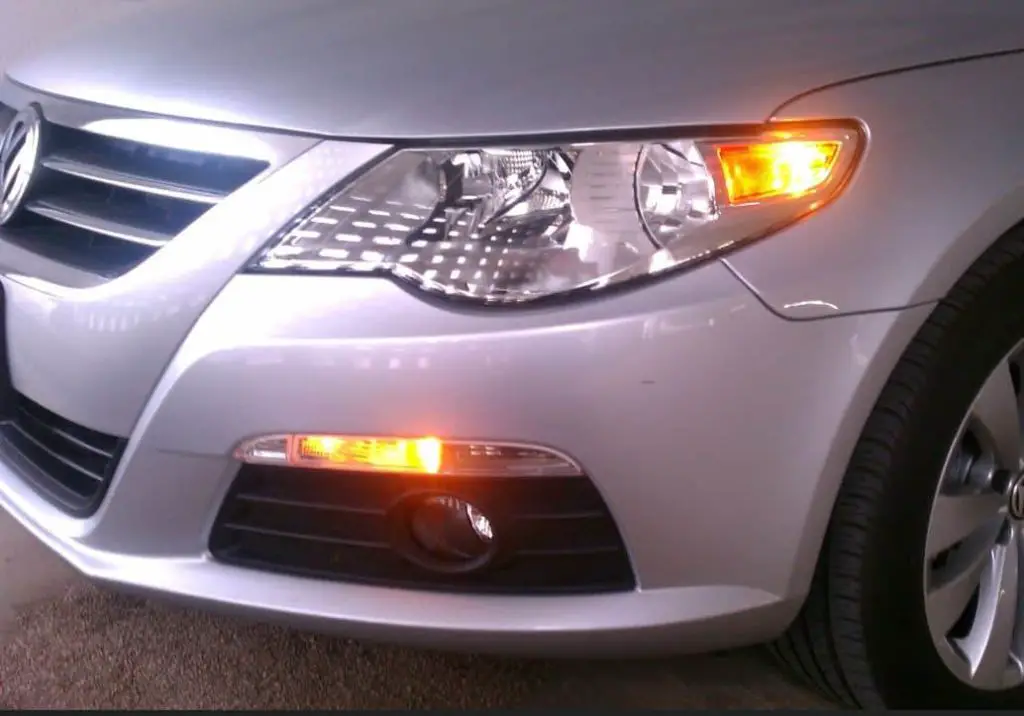
In addition to the headlights, low-intensity parking lights are usually provided in the front of the car, either as separate units or as part of the headlights, and are used while the car is parking.
For parking the car during dark, the parking lights are kept on to provide a signal for other moving objects and thus avoid the accident.
Direction-signal Lights
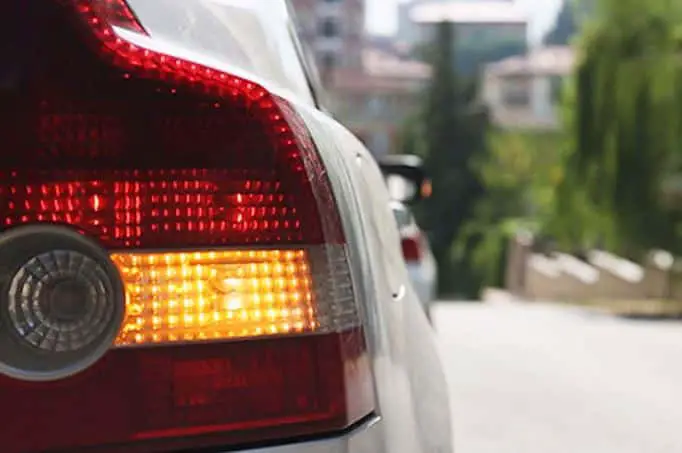
Direction-signal lights are used to indicate the direction in which the vehicle is to turn. These lights give signals to the vehicle coming from the front or rear. In addition, some special signal lights are also used.
These include a red signal light to indicate when the high beams of the headlight are burning, to indicate when the parking brake is applied, to indicate that oil pressure is low, that the cooling water temperature is too high or too low, or that the generator is not charging the battery.
Backup Lights
Backup lights are used when the driver shifts into reverse. This closes a switch linked to the selector lever which connects the backup lights to the battery.
Blinker Lights
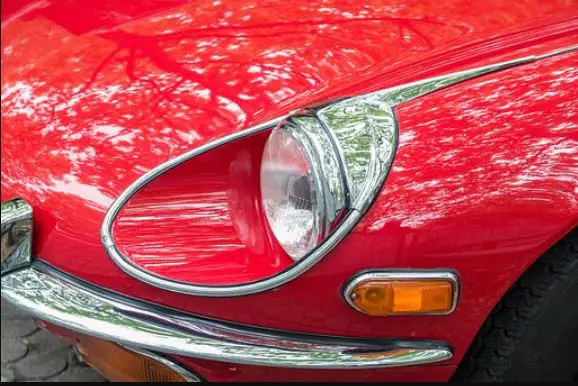
Blinker lights provide a means of signaling when the car is stalled on the highway or has pulled off to the side. The blinking is much more noticeable than steady light and provides a warning to approaching cars.
Tail Lights
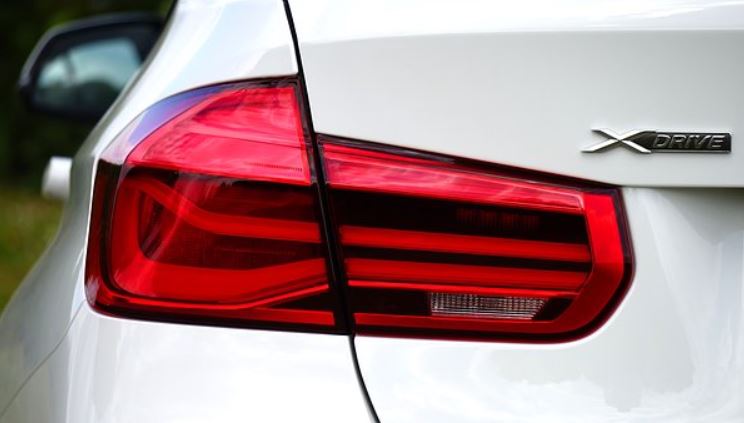
The taillights illuminate the back of the car at night so that the other vehicles behind it can see it. Taillights are always kept on when the car is running at night.
Read Also: Types of Fuel Injection System Explained
Brake Lights
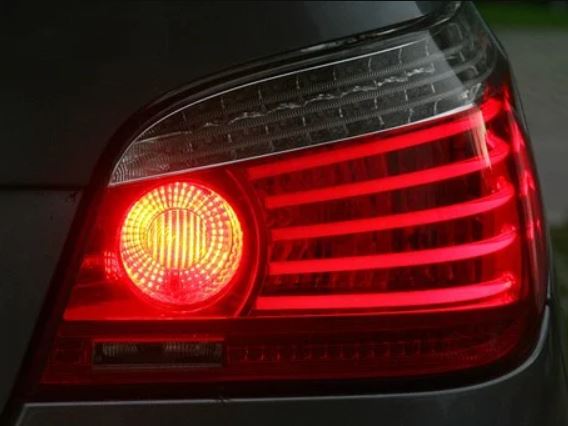
Stoplights or brake lights are also at the rear of the car and become on when brakes are applied. Certainly, the brake lights illuminate when stopping, but it is important to use and maintain them properly.
Repeatedly tapping on brakes when stopped suddenly can help to attract the attention of the drivers behind you and possibly avoid a crash.
Many people do not know that the brake light is out until they pull. To avoid a ticket and points on a car license for this, check the brake light once a week by asking someone to stand in the back of the car while tapping on the brake.
Fog Lights
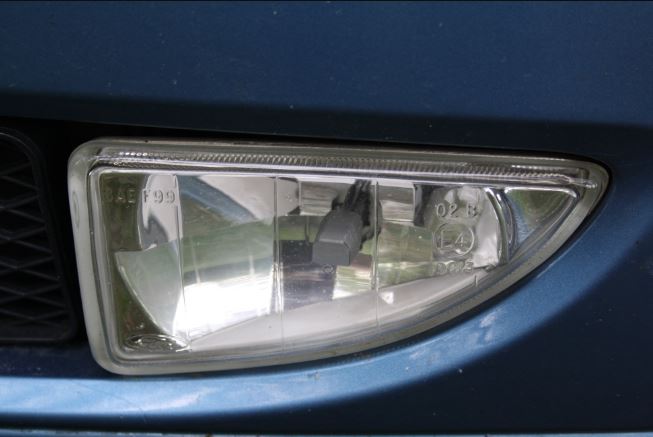
The fog light is one of the various lights on a car. In the fog, many individuals are unsure about which lights are appropriate to use. Depending on the thickness, low or high beams may perform each task better than the other.
But your car may also have fog lights that you should turn ON when driving in foggy weather. Fog lights aim to make it more visible to other drivers. They are usually positioned lower on the car than the headlights to show under the fog line.
They are commonly yellow or golden to draw attention to the vehicle. In dense fog, high beams can bounce moisture back into the air and make it harder to see.
Daytime-driving Lights
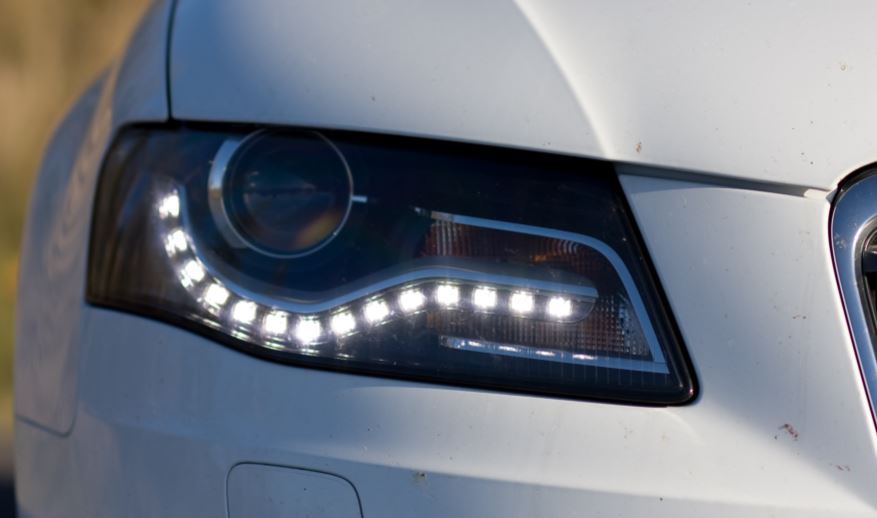
Most cars have daytime driving lights that run when the car turns on automatically to provide additional visibility to other cars. Usually, if you do not want to turn them on, there is an option to turn them off.
If possible, it is useful to set lights to automatic, so that the car can adjust the amount of detectable light. This helps to ensure the correct amount of light without constant self-monitoring.
Interior Lights
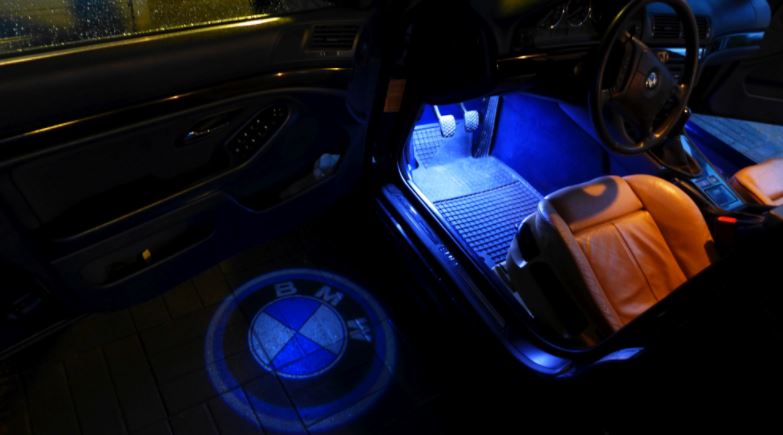
Interior lights include instrument panel lights, various warning indicator lights, and compartment lights. Certain cars also have clock lights, radio dial lights, map lights, and keyhole lights.
Hazard or Warning Lights
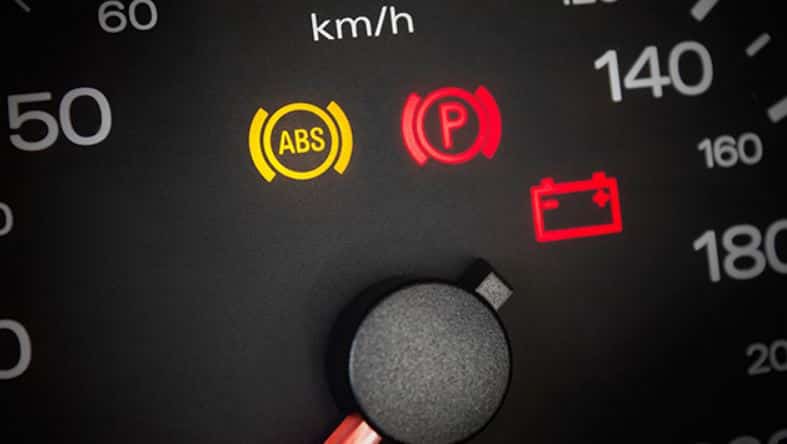
The hazard lights are located in the front and rear of the vehicle. They are also known as flashers. Many different countries use hazard warning lights in many different ways.
When they are ON, they accept a flashing signal to warn other drivers that they are experiencing a problem or an immediate danger. They should only be used as a warning of a disaster or traffic problem.
Conclusion
That’s it. Thanks for reading. I hope I have covered everything about the “Types of Car Lights” It would be helpful if you could let me know if there was anything I missed or if you have any doubts about anything I wrote.
Please share this article with your friends if you find it interesting.
Want free PDFs direct to your inbox? Then subscribe to our newsletter.
Download PDF of this article:
You might like to read more in our blog:
- How Does An Anti-Lock Braking System Work?
- Different Types of Transmission Systems Used In Vehicle
- Different Types of Differentials & Their Purposes
FAQs
Halogen lighting is currently the most used type of car light on roadways. They use a combination of gases, usually nitrogen and argon, with tungsten fiber inside a glass tube.
Headlights come in three primary varieties: halogen, LED, and HID, sometimes known as “xenon.”
The finest headlights for driving at night are LED ones. They emit a glare-free, bright, clear light so you won’t blind any other drivers you may come across on the road.
A halogen light bulb’s initial cost is greater than half that of an LED bulb. On the other hand, halogen bulbs don’t last very long.
High-beam headlights should only be used if you cannot see clearly and no one is in front of you. If you are 200 feet behind a vehicle and its backlights aren’t illuminating the road sufficiently for you to see, or if you are 500 feet from oncoming traffic.
Low beams emit short-range light that is ideal for driving in traffic when you don’t want your high beams to blind other drivers. It would be best if you utilized your low-beam lights when driving in heavy fog, rain, or snow.
Please send the pdf to my email
The PDF file has been sent to your inbox.